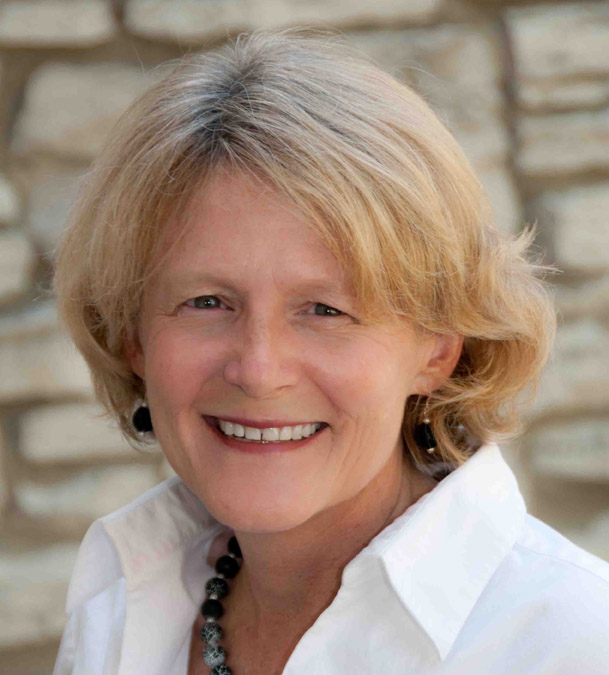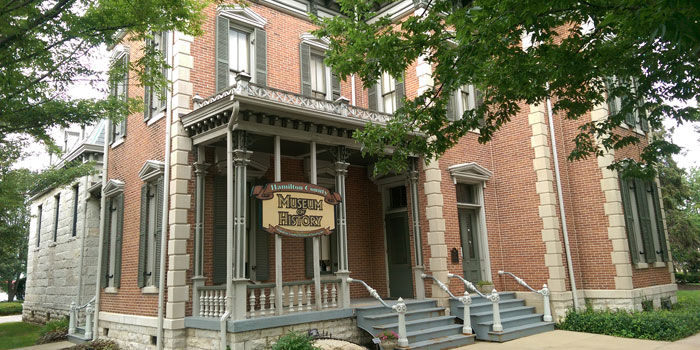Klan Had Short-Lived Political Power Here

Andrea Neal
By ANDREA NEAL
During the 1920s, the Ku Klux Klan took Indiana by storm. Ninety years later, Hoosiers still struggle to grasp why.
The secretive brotherhood launched its Indiana recruitment efforts in Evansville in 1920. Within four years, Hoosier Klansmen numbered 250,000 and represented every corner of the state.
“Members included ministers, mayors, shopkeepers and factory workers, mostly ordinary people from the wide middle of society,” says historian James H. Madison in “Hoosiers: A New History of Indiana.” “These were mainstream Hoosiers, not a fringe group.”
This was not the same Klan that arose after the Civil War in opposition to Reconstruction, the Republican program to bring opportunity and equal protection of law to newly freed slaves. The first Klan disappeared in the 1870s after President Ulysses Grant persuaded Congress to pass legislation outlawing it as a terrorist group.
![]() The second Klan emerged in the South at the turn of the 20th century and rapidly expanded to Middle America. It proclaimed a message of patriotism, prohibition enforcement and Christian values. It preached exclusion, too – of immigrants, blacks, Jews and especially Catholics.
The second Klan emerged in the South at the turn of the 20th century and rapidly expanded to Middle America. It proclaimed a message of patriotism, prohibition enforcement and Christian values. It preached exclusion, too – of immigrants, blacks, Jews and especially Catholics.
“Just why any individual joined the Klan remains uncertain,” Madison notes. “Some did it because it was the thing to do or because it provided networking, social activity and a sense of belonging.” Others were true believers in a moral crusade.
Another factor in Indiana was the charismatic, intimidating leadership of a man named D.C. Stephenson.
A Texas native who briefly flirted with socialism, Stephenson moved to Indiana around 1920 to take a job with a coal company, according to historical accounts. He unsuccessfully ran for the Democratic nomination for Congress in 1922 and then became heavily involved in Klan recruitment.
Rising quickly in the ranks, Stephenson moved to Indianapolis to assume the duties of Grand Dragon, a position he accepted publicly on July 4, 1923, at a Kokomo rally attended by 100,000 Klansmen and their families. A few months later, he broke away from the national organization to create a rival Klan group.
In the capital city, Stephenson sought to exert his influence on the affairs of state. Politicians of both parties joined the Klan, but the majority were Republicans looking to curry favor with a large voting bloc. In the 1924 elections, the Klan published lists of preferred candidates, noting their religious affiliations and positions on key issues.

The 1876 jail building at the rear of the Hamilton County Museum of History once housed D.C. Stephenson and another notorious criminal, Charles Manson. (Photo Provided)
Stephenson backed Republican Edward L. Jackson’s successful candidacy for governor and attended Jackson’s inaugural gala where William M. Herschell recited his poem, “Ain’t God Good to Indiana?”
Despite its perceived influence, the Klan had little impact on laws passed in the 1925 session of the Indiana General Assembly. That March, Stephenson was charged with the brutal assault and subsequent death of an Indianapolis woman, Madge Oberholtzer, who had accompanied him on a trip to Chicago.
The case was moved to Noblesville in Hamilton County because of concerns that Stephenson could not get a fair trial in Indianapolis. Before and during the trial, Stephenson lived at the Hamilton County Jail, which today is open to the public as a history museum.
On Nov. 14, 1925, a jury convicted Stephenson of second-degree murder. He was sent to the Indiana State Prison where he leaked damaging information about political activities that ruined the careers of Governor Jackson, Indianapolis Mayor John Duvall and others.
The trial and aftermath discredited the Klan, which overnight lost members by the thousands and faded from view almost as quickly as it appeared. A third Klan formed in the 1960s to oppose civil rights for African-Americans but gained limited following.
Note to readers: This is one in a series of 100 essays that lead to the celebration of the Indiana Bicentennial in December, 2016. The essays focus on the top 100 events, ideas and historical figures of Indiana, beginning with the impact of the Ice Age and ending with the legacy of the Bicentennial itself. Neal is a teacher at St. Richard’s Episcopal School in Indianapolis and adjunct scholar with the Indiana Policy Review Foundation. Contact her at [email protected].
Directions: The Hamilton County Museum of History is at 810 Conner Street in Noblesville.
